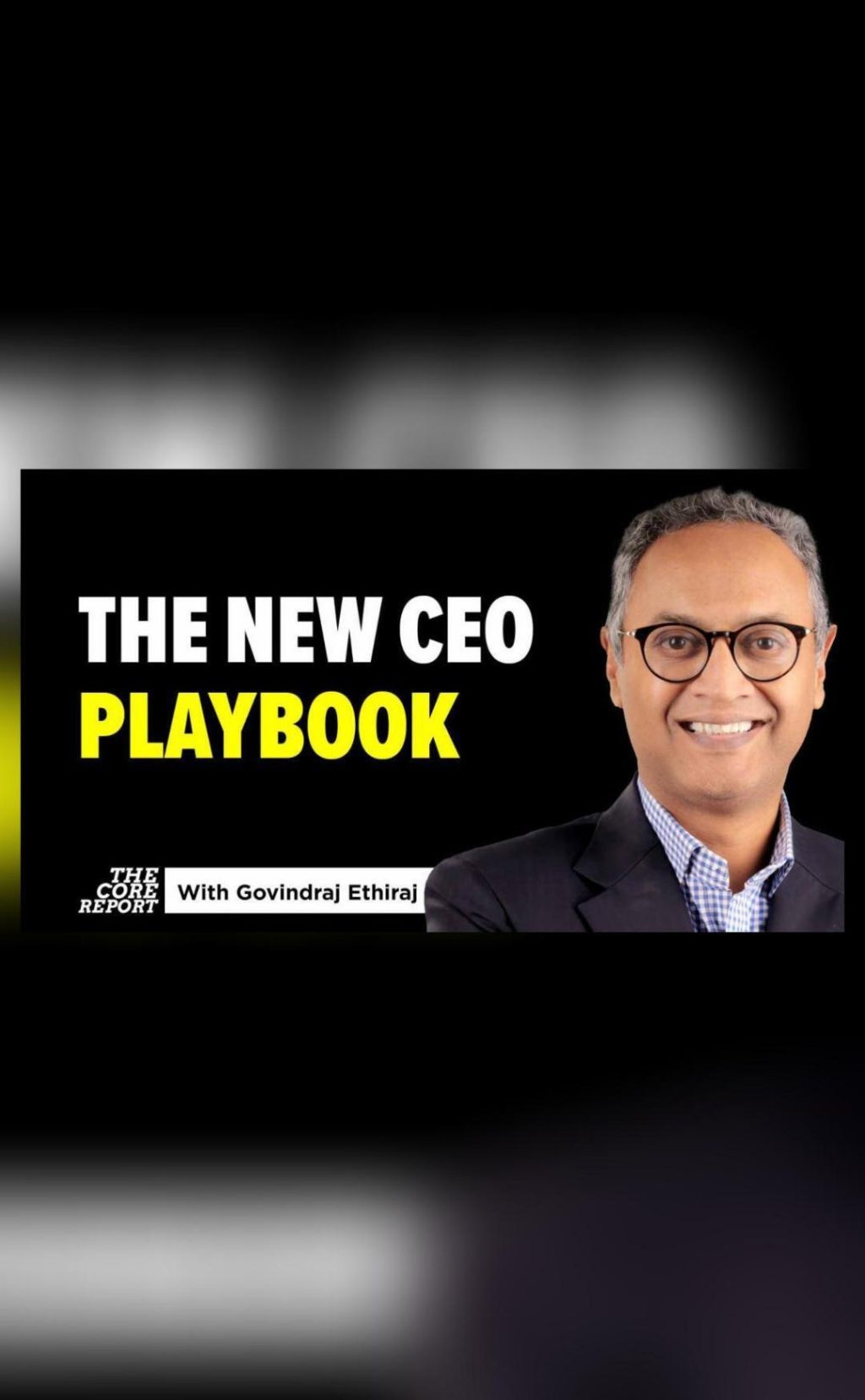
The New CEO Playbook: AI Pressures & Global Tariff Shocks
The modern-day CEO faces a multitude of challenges that were unimaginable just a decade ago. The rapid advancement of Artificial Intelligence (AI) and the escalating global trade tensions have created a perfect storm of uncertainty, forcing business leaders to rethink their strategies and operations. As AI reshapes industries and tariff shocks disrupt trade, CEOs are under immense pressure to adapt and innovate, all while navigating the treacherous waters of globalization.
In this blog post, we’ll delve into the new CEO playbook, exploring the internal and external pressures that CEOs are facing, and the strategies they’re employing to stay ahead of the curve.
Internal Pressures: Automating and Innovating
The first and foremost challenge facing CEOs is the need to automate and innovate. As AI technology continues to advance, companies are under pressure to leverage its potential to boost efficiency, reduce costs, and enhance customer experiences. This requires significant investments in digital transformation, including the development of new skills and processes.
However, the pace of technological change can be overwhelming, and CEOs must strike a delicate balance between embracing innovation and ensuring business continuity. According to a recent survey by PwC, 62% of CEOs believe that AI will have a significant impact on their industry, but only 21% have a clear plan in place to implement AI-driven solutions.
To stay ahead of the curve, CEOs must prioritize digital transformation, investing in AI-powered tools and platforms that can help automate routine tasks, enhance decision-making, and drive business growth. This may involve partnering with technology companies, acquiring new skills, or even venturing into new markets.
External Pressures: Tariff Shocks and Shifting Trade Policies
In addition to internal pressures, CEOs are also grappling with external forces that are disrupting traditional trade patterns. The escalating trade tensions between the US and China, as well as the ongoing Brexit saga, have created a sense of uncertainty and instability that is affecting global supply chains and trade flows.
The impact of tariff shocks on businesses can be significant, with increased costs, reduced profitability, and even potential bankruptcies. CEOs must navigate this complex landscape, identifying opportunities to diversify their supply chains, negotiate with suppliers, and adapt to changing trade policies.
To mitigate the risks associated with tariff shocks, CEOs are adopting a range of strategies, including:
- Diversifying supply chains: By identifying alternative suppliers and diversifying their supply chains, companies can reduce their reliance on a single market or supplier.
- Building strategic partnerships: CEOs are forming partnerships with suppliers, competitors, and industry associations to share risks, negotiate better trade deals, and adapt to changing market conditions.
- Investing in digital trade: As trade flows become increasingly digital, CEOs are investing in e-commerce platforms, digital logistics, and other technologies that can help streamline trade and reduce costs.
The New CEO Playbook: Localizing, Adapting, and Reconsidering
In the face of these unprecedented challenges, CEOs are being pushed to rethink their strategies and operations. The new CEO playbook involves localizing, adapting, and reconsidering long-held business models.
- Localization: As global trade patterns shift, CEOs are focusing on localizing their operations, investing in regional markets, and building closer relationships with local suppliers and customers.
- Adaptation: The ability to adapt quickly to changing market conditions is essential in today’s fast-paced business environment. CEOs are investing in agile methodologies, design thinking, and other approaches that can help them respond to emerging trends and technologies.
- Reconsidering business models: The rise of AI, the sharing economy, and other disruptions is forcing CEOs to rethink their business models, identifying new opportunities for growth and innovation.
Conclusion
The modern-day CEO faces a daunting array of challenges, from the internal pressures of automation and innovation to the external forces of tariff shocks and shifting trade policies. To stay ahead of the curve, CEOs must prioritize digital transformation, diversify their supply chains, and build strategic partnerships.
As the world becomes increasingly interconnected, CEOs must adopt a global mindset, localizing their operations, adapting to changing market conditions, and reconsidering long-held business models. By doing so, they can position their companies for success in an era of unprecedented change and uncertainty.
Watch the latest news video on this topic:






